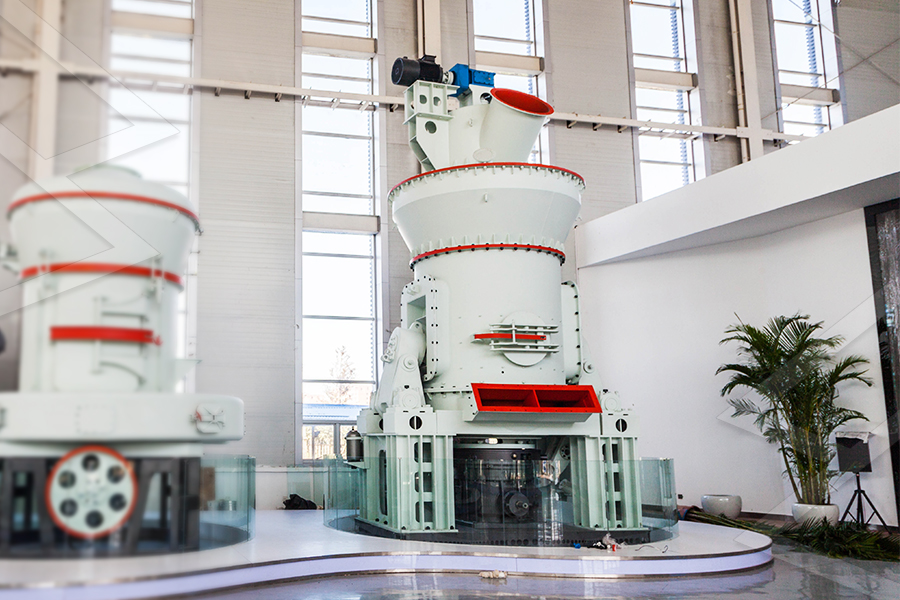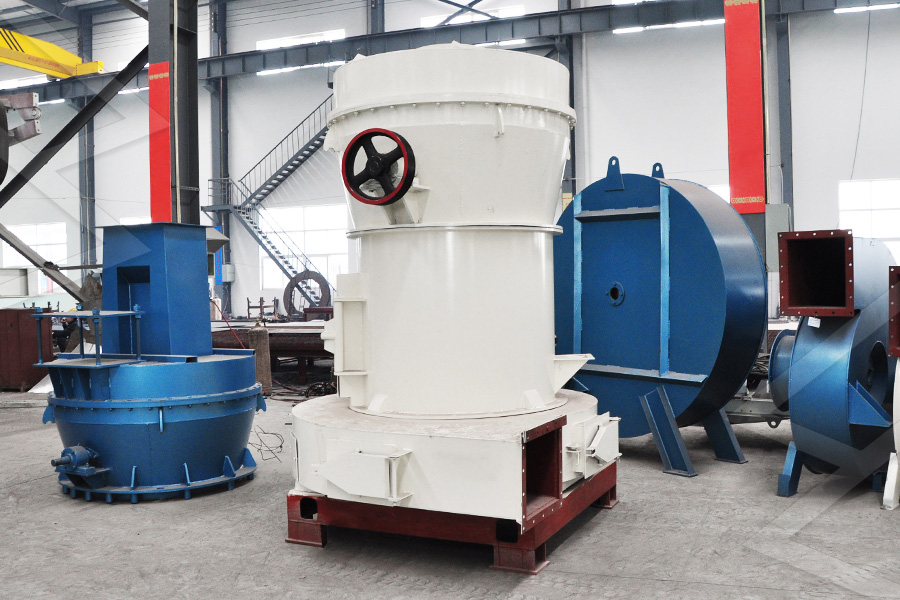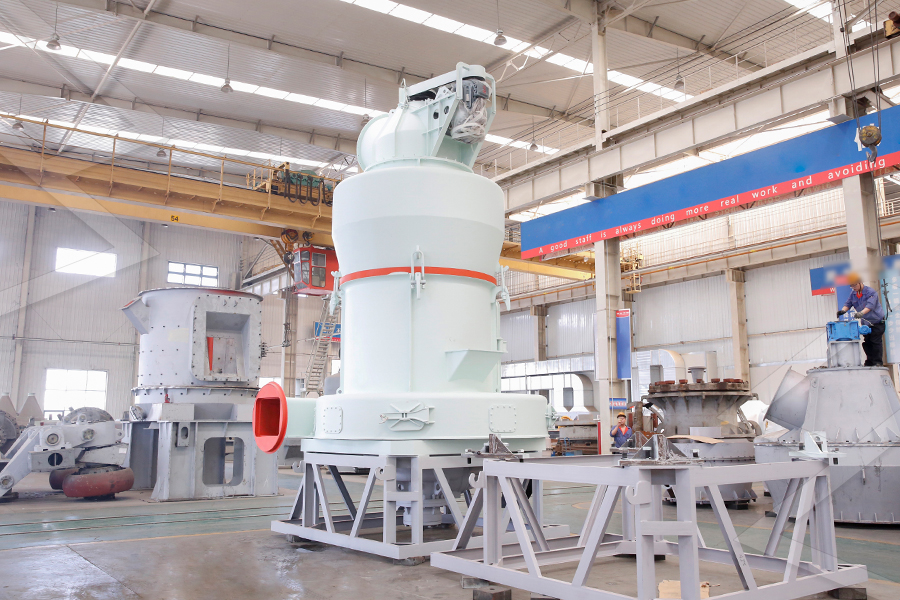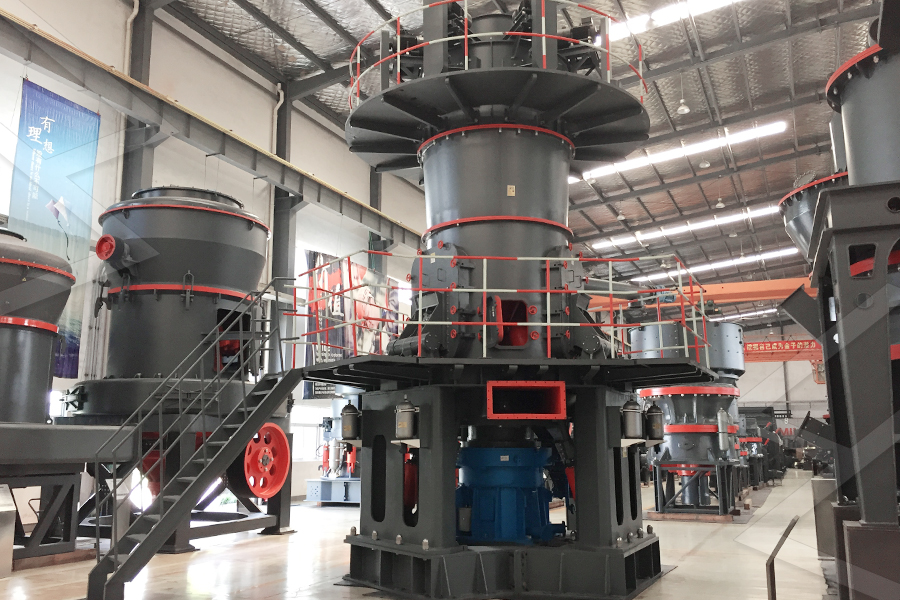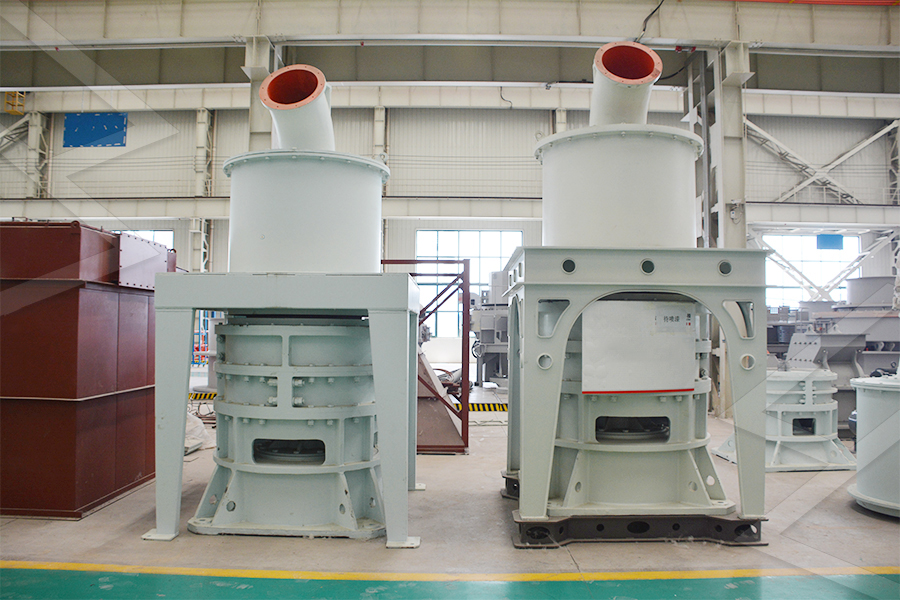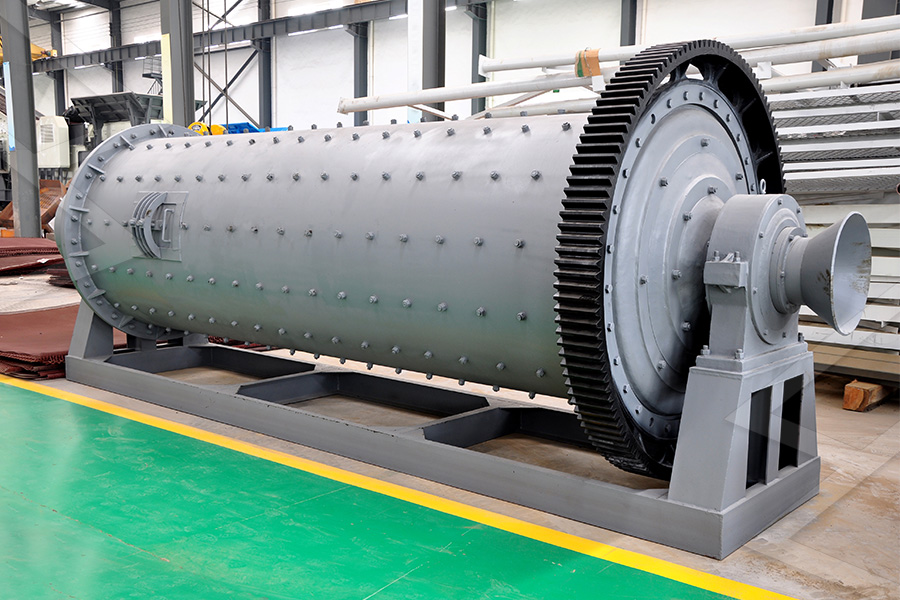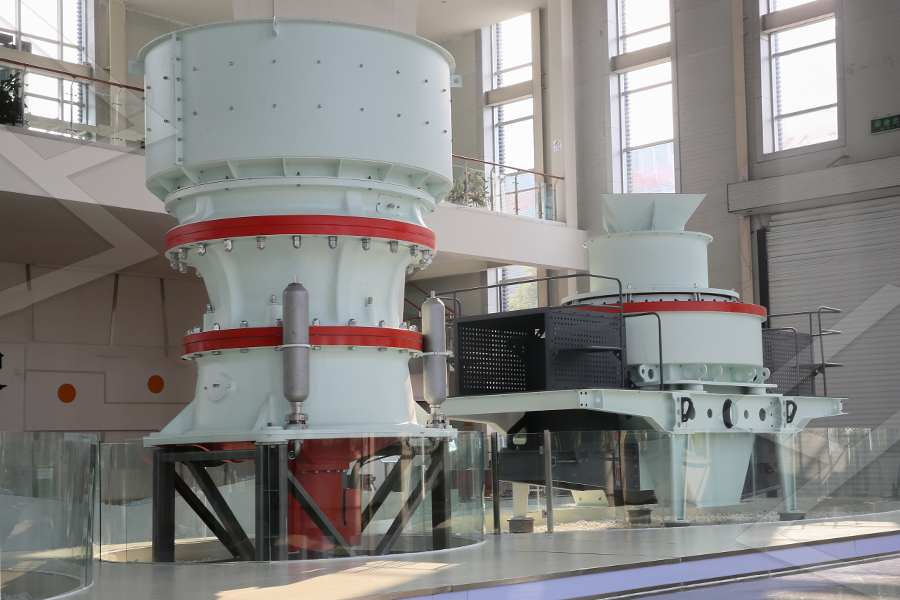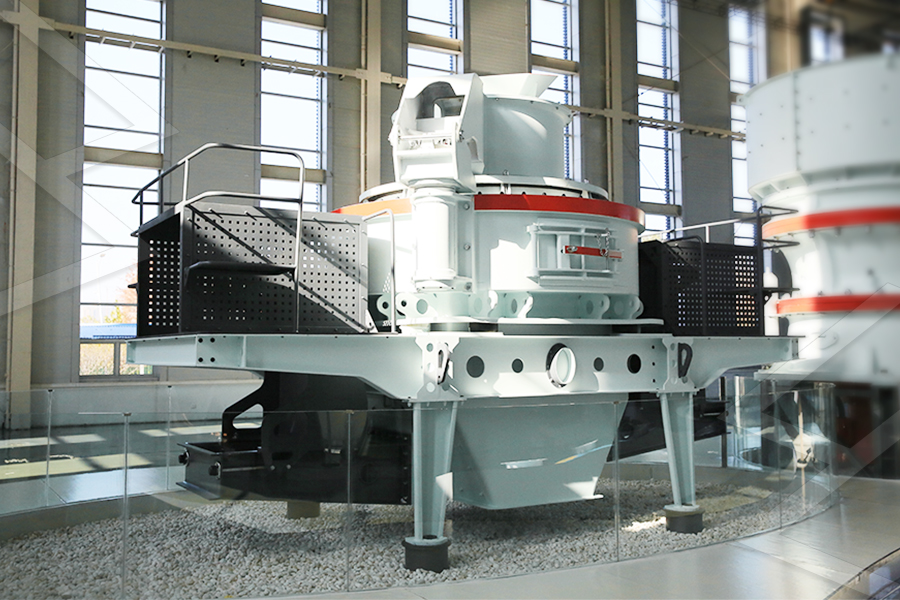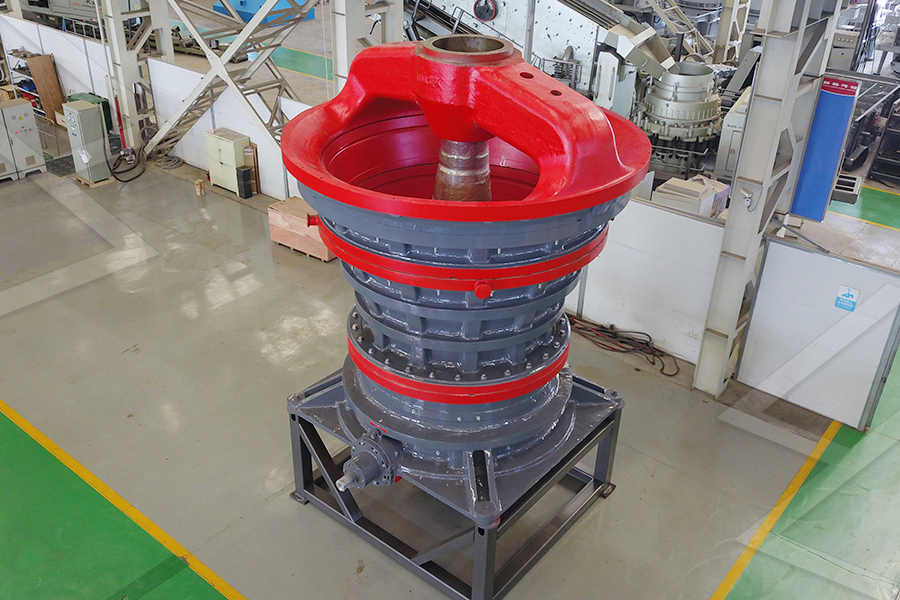Raw Material and Handling
Raw carbon black is sourced from a nearby petrochemical plant, supplied as 2-5mm pellets (standard for transportation). The pellets have a moisture content of <0.5% (critical for grinding, as moisture causes agglomeration) and a bulk density of 300-350 kg/m³. Handling carbon black requires special precautions: (1) It is a combustible dust (minimum ignition energy of 30-50 mJ), so the production area is classified as a hazardous location (NFPA 652); (2) It can cause respiratory irritation, so operators wear N95 masks and the area is ventilated with explosion-proof fans.
Grinding Equipment and Explosion Safety
The project uses an airflow mill (jet mill) with an explosion-proof design (ATEX-certified for Zone 21, dust explosive atmospheres) to grind the carbon black pellets. Airflow mills are preferred for carbon black because: (1) They produce fine, uniform powder without mechanical contact (reducing contamination); (2) They can be designed for explosion safety (inert gas purging). The airflow mill operates at an air pressure of 9 bar, generated by an oil-free, dry air compressor (to avoid oil contamination).
The grinding process begins with carbon black pellets being fed into the mill via an explosion-proof screw feeder (speed 10 rpm) at 3 TPH. High-pressure air jets accelerate the pellets, causing them to collide and break into 350-mesh powder. The mill’s chamber is purged with nitrogen (inert gas) to reduce oxygen levels to <8% (below the minimum oxygen concentration for carbon black combustion). The ground powder is carried by nitrogen to a cyclone separator, where 95% of the powder is collected. The remaining powder is captured by an explosion-proof HEPA filter (class H14).
